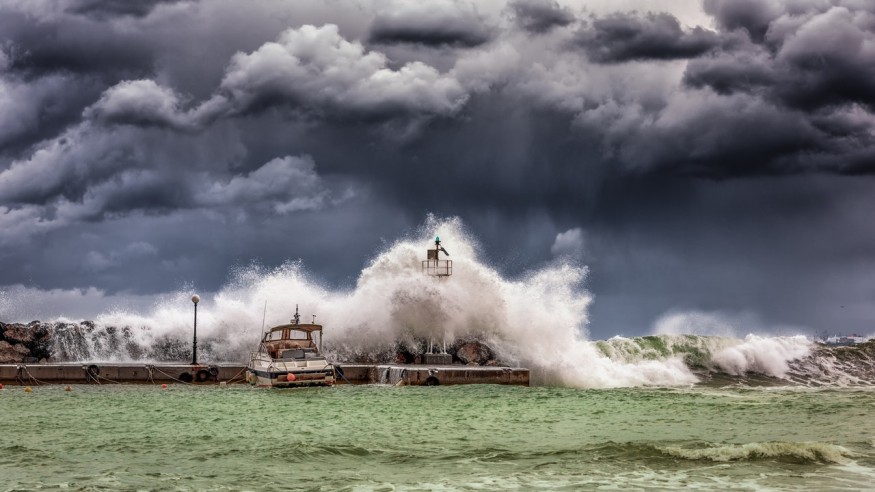Coastal zones around the world are home to more than a billion people. Global warming rapidly increasing sea levels already impacts coastal residents' lives and aggravates current coastal hazards such as flooding and storm surges. However, researchers from the College of Science's Department of Geosciences have analyzed how future sea-level rise will impact the height of future tsunamis.
Understanding Tsunamis

Tsunamis or seismic sea waves, according to UNESCO, are a series of huge waves generated by underwater disturbances like earthquakes, volcanic eruptions, landslides, or meteorites. A tsunami can move hundreds of miles every hour in the open ocean and smash inland with waves as high as 100 feet or more.
From the tsunami's origin, waves travel outwards in different directions. Once the waves reach shores, it begins to build in height. The topography of coastlines and the ocean floor will significantly influence the wave's size and speed. There may be more than one wave, with larger ones succeeding the other that is why small tsunamis at one beach can translate to a gigantic wave a few short miles away.
All tsunamis are potentially dangerous, despite not all causing damages to coastlines. Tsunamis can strike nearly anywhere along most US coastlines. The most destructive tsunami to date occurs along the coastlines of Hawaii, Alaska, Washington, California, and Oregon.
ALSO READ: Arctic Ocean Has Been Getting Warmer Decades Than The Records Suggest, Study Says
Changing Impacts of Tsunamis Under Future Sea-Level Rise
Tin Dura and Robert Weiss, co-authors of the study and professors at the Department of Geosciences, Virginia Tech, explain that in 50-70 years, the rise in sea levels will be significant across the globe. If tsunamis strike within that time frame, the impacts would be much greater than estimations today. Researchers believe that coastal geologists and modelers need to consider the sea-level rise in future hazards assessments and models, reports PhysOrg.
A study published in the journal Nature Communications, titled "Changing impacts of Alaska-Aleutian subduction zone tsunamis in California under future sea-level rise," describes how the colloquial Ring of Fire, a series of tectonic plates are colliding with the gigantic Pacific plate, that would result in both seismic and volcanic activity. Because the Ring of Fire encompasses the Pacific Ocean, large earthquakes are sure to produce regional tsunamis and distant-source tsunamis that will propagate across the Pacific Ocean, affecting coastlines thousands of miles away.
Off Alaska's coast, colliding tectonic plates generated a 2500 mile-long fault called the Alaska-Aleutian subduction zone. Research shows that the area can produce distant-source tsunamis striking the west coast of the US, especially Southern California.
In 2013, a project headed by the US Geological Survey focused on distant-source tsunamis originating along the subduction zone and their possible impacts in California. The survey found that a magnitude 9.1 earthquake could produce distant-source tsunamis with an amplitude of 3.2 feet at Los Angeles ports and Long beach, larger than any historical distant-source tsunamis ever recorded and could cause losses up to $4.2 billion.
RELATED ARTICLE : Monogamous Albatross Forced To Divorce Due To Climate Change and Warming Water Instead of Breeding Failure
Check out more news and information on Climate Change in Science Times.
© 2026 ScienceTimes.com All rights reserved. Do not reproduce without permission. The window to the world of Science Times.











